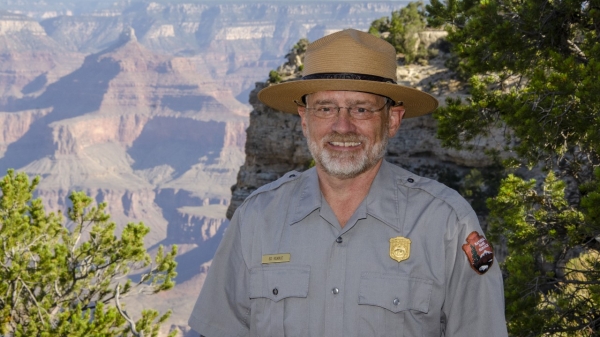ASU Regents' Professor's new photography book spotlights Chicano community

For 52 years at Arizona State University, David William Foster has studied a myriad of subjects related to Spanish, women and gender studies, Latin American urban culture, and the Jewish diaspora, publishing over 100 books. Most recently, as a Regents' Professor at the School of International Letters and Cultures, he has turned his eye to Chicano photography, using 10 photographers as a window into an important community.
“Description of the universe is child’s play compared to description of the human soul,” Foster said. Photography, he has found, does a decent job describing it.
“The book, ‘Picturing the Barrio,’ corresponds to my interest in developing visual studies in Latin America cultural studies,” Foster said. “I’ve done this through film, I’ve done this through theater and now I am interested in doing it through photography.”
Foster sees a lack of academic work on Latin American photography in the United States. This most recent book on Chicano photography is his third. His son often drives him through Phoenix communities for Foster’s own photography, finding images that reflect Chicano life. Many of his previous books have focused on Phoenix and the Southwest, but “Picturing the Barrio” covers artists around the country.
“Photography is a very democratic form of art. Anyone can be a photographer. All you need is a cellphone these days,” Foster said. “There’s an immense photographic record for Latin America but very little in the way of systematic, academic studies.”
While the actual photography is central to Foster’s book and research, he wants to give people the tools to look at the images in a substantive way, without telling them what exactly to see. He compares it to literacy, in that without learning to read, words on a page have no meaning.
“You don’t naturally see anything,” Foster explained.
In his book, Foster examines the transition of rural Hispanic and Latino communities to urban life. He sees customs and roots continuing on in city life as generations adapt and grow accustomed to new surroundings.
“The material reaffirms the intensely intimate nature of Chicano life,” Foster said. “Chicano culture has a lot to teach us about how to be human being.”
Acknowledging it can be elusive and complex, Foster said that studying culture is “the hardest science,” but sees it as equally valuable and engaging as any other field of study.
“[I'm] passionate about the value of art as a way of describing the human condition,” he said.
Read more about Foster’s research and publications here.
More Arts, humanities and education

Grand Canyon National Park superintendent visits ASU, shares about efforts to welcome Indigenous voices back into the park
There are 11 tribes who have historic connections to the land and resources in the Grand Canyon National Park. Sadly, when the…
ASU film professor part of 'Cyberpunk' exhibit at Academy Museum in LA
Arizona State University filmmaker Alex Rivera sees cyberpunk as a perfect vehicle to represent the Latino experience.Cyberpunk…

Honoring innovative practices, impact in the field of American Indian studies
American Indian Studies at Arizona State University will host a panel event to celebrate the release of “From the Skin,” a…